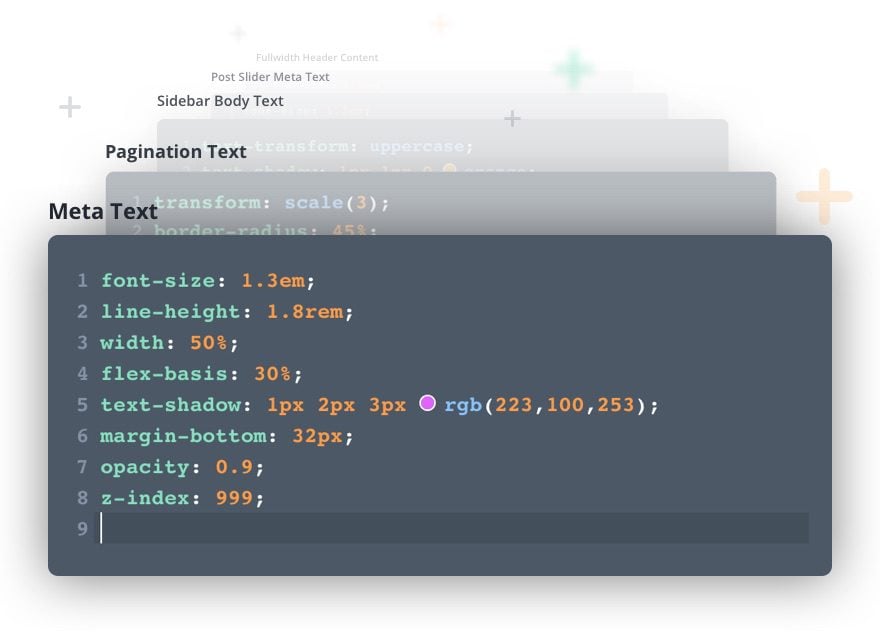
Read our Lighthouse documentation to learn more about optimizing images. For more advanced optimization you will have to save specific files in Photoshop, Illustrator or Fireworks. For basic compression you can use a simple editing program such as GIMP. To resize your images you will have to use some form of program. Save the image in the desired size to reduce the file size. If you are having to use HTML or CSS to resize your images, stop right there. Save your images in the proper dimensions.If you have more detailed graphics then use JPG file format to save your images and reduce the quality. If you have icons, bullets or any graphics that don't have too many colours use a format such as GIF and save the file with lower amounts of colours. Crop your images to remove any whitespace around the image and use CSS to provide padding. Reduce the white space around images - some developers use whitespace for padding which is a big no no.Here are the most common ways to optimize your images for the web.
Gmetrix 5.0 download how to#
How to Optimize Your Imagesįull optimization of images can be quite an art to perfect as there are such a wide variety of images you might be dealing with. Leaving these images uncompressed and in the wrong format can drastically slow down your web page load times.

The main reason why it's so important to optimize your images is because 90% of most websites are graphics dependent and therefore there are a lot of image files.
Gmetrix 5.0 download download#
Resizing the image on the webpage itself using CSS is helpful but the issue is the web browser will still download the entire original file, then resize it and display it.Ĭan you imagine take a poster size image and using it as a thumbnail? The little 20px by 20px image would take as long to load as the original poster, when we could just be loading a 20px image the whole time. We also can optimize images for the web by saving them as the appropriate dimensions. For this reason these images carry a lot more data and in return are a much large file size. Images saved in lossless format retain all the information needed to produce the original image. Lossy compression is good for web, because images use small amount of memory, but can be sufficiently like the original image. Keep in mind that this is only visible at a very close look. Images saved in a lossy format will look slightly different than the original image when uncompressed. There are two forms of compression that we need to understand, Lossy and Lossless. Optimizing images for the web can reduce your total page load size by up to 80%. In simple terms optimizing your image works by removing all the unnecessary data that is saved within the image to reduce the file size of the image based on where it is being used in your website. In terms of cost versus benefit optimizing your images should be near the top of your page speed optimizations if you don't have them optimized already. This data can add unnecessary size to the image which leads to longer load times as the user waits for the image to download. Images hold data other than just the pixels we see on the screen. Optimizing your images for the web means saving or compiling your images in a web friendly format depending on what the image contains. With file sizes upwards of a couple of megabytes per image, if you put these files on your website it would be very slow to load. This is because the images are made in a format which makes them easier to manipulate in different ways. The images you create in programs like Photoshop and Illustrator look amazing but often the file sizes are very large. Use efficient CSS selectors (deprecated)Īnalyze What is optimizing images for the web?.Specify a viewport for mobile browsers (deprecated).Specify a Vary: Accept-Encoding header (deprecated).Serve static content from a cookieless domain (deprecated).Remove query strings from static resources (deprecated).Parallelize downloads across hostnames (deprecated).Optimize the order of styles and scripts (deprecated).Make landing page redirects cacheable (deprecated).Improve server response time (deprecated).Defer loading of JavaScript (deprecated).Combine external JavaScript (deprecated).Avoid Flash on mobile webpages (deprecated).Avoid CSS Avoid CSS expressions (deprecated).Use passive listeners to improve scrolling performance.


Remove duplicate modules in JavaScript bundles.Lazy load third-party resources with facades.Keep request counts low and transfer sizes small.Ensure text remains visible during webfont load.Avoid serving legacy JavaScript to modern browsers.


 0 kommentar(er)
0 kommentar(er)
